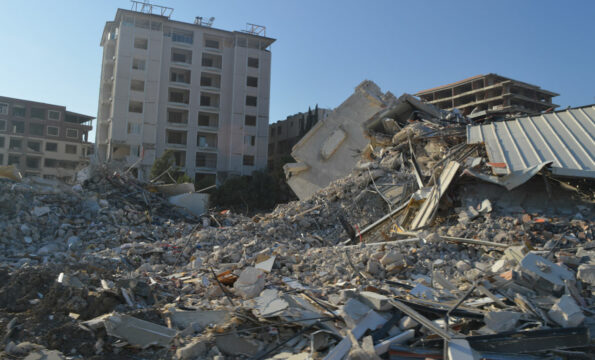-

-

-
Pastor Hal Mayer
Speaker / Director
Another Powerful Quake Hits Afghanistan, Days After Deadly Temblors
sexta, 13 de outubro de 2023
Prophetic Intelligence Briefings are provided to show a link between current events and Bible prophecy only. The reposted articles, which are not intended as a commentary in support of or in opposition to the views of the authors, do not necessarily reflect the views of Pastor Mayer or of Keep the Faith other than to point out the prophetic link.
Latest Message
Make a Gift
Prophetically Speaking…
“The most odious of all oppressions are those which mask as justice.” more…
-
Artigos recentes
Tags
Catholic Church church and state Donald Trump government LGBTQ natural disaster politics Pope Francis Prophetically Speaking Quote of the Day religion religious liberty United States VaticanComentários recentes
- Stephen Chang em Praying for the Dead: Sweetest of the Spiritual Works of Mercy
- John em Charlie Kirk and the Sabbath rest
- William Stroud em UMC church paints steps in rainbow colors in opposition to governor’s directive
- William Stroud em Police in India arrest Pastor after Hindu extremist attack
- William Stroud em From Israel to the US, Vice President JD Vance isn’t shy about his religion
Follow





Comments